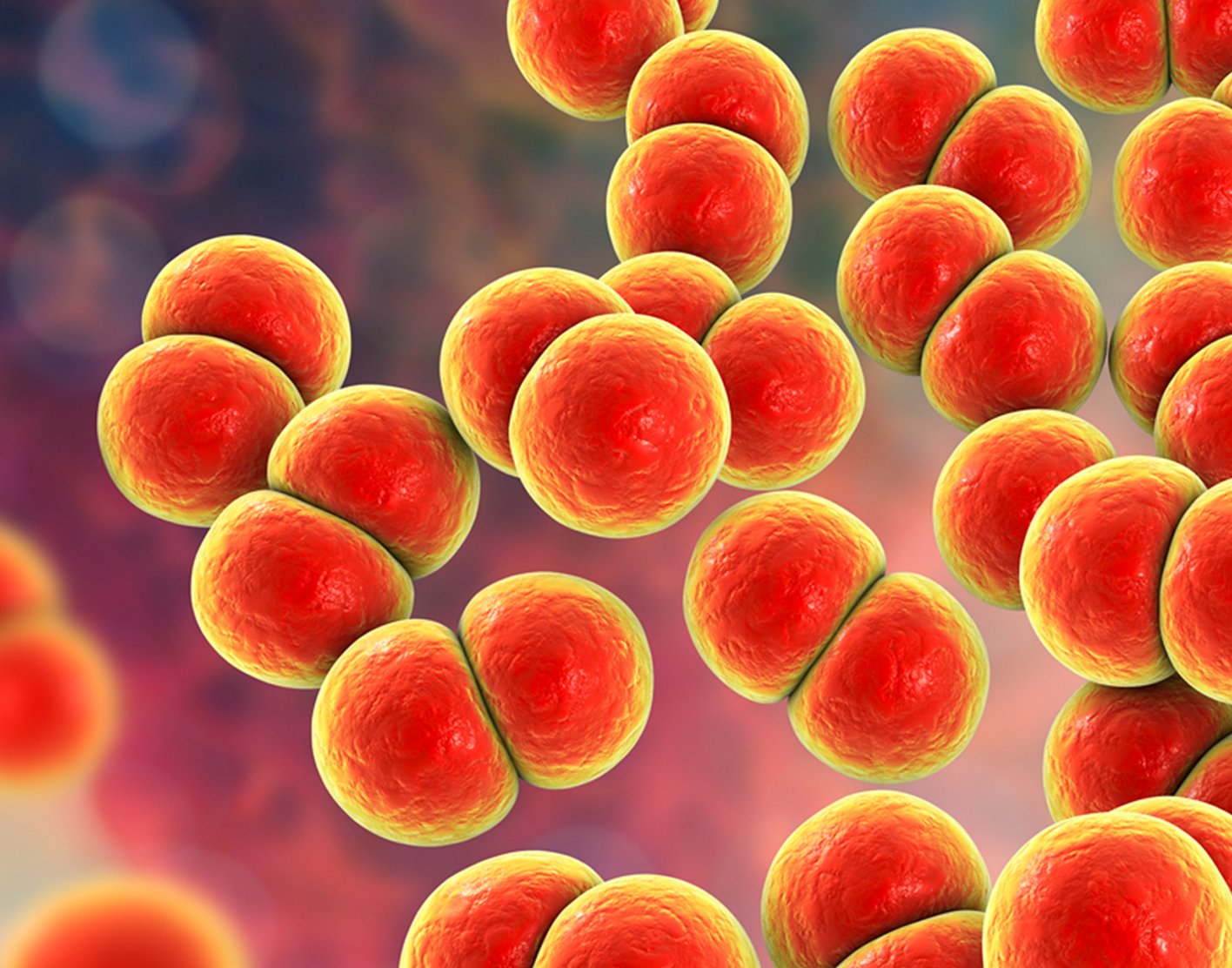
Urethral discharge culture
Definition
Urethral discharge culture is a laboratory test done on men and boys. This test is used to identify germs in the urethra that may be causing inflammation of the urethra (
Alternative Names
Culture of urethral discharge; Genital exudate culture; Culture - genital discharge or exudate; Urethritis - culture
How the Test is Performed
The health care provider uses sterile cotton or gauze to clean the opening of the urethra at the tip of the penis. To collect the sample, a cotton swab is then gently inserted about three-fourths inch (2 centimeters) into the urethra and turned. To get a good sample, the test should be done at least 2 hours after urinating.
The sample is sent to a lab. There, it is placed in a special dish (culture). It is then watched to see if bacteria or any other germs grow.
How to Prepare for the Test
DO NOT urinate for 1 hour before the test. Urinating washes away some of the germs needed for accurate test results.
How the Test will Feel
There is usually some discomfort from swabbing the urethra.
Why the Test is Performed
The provider often orders the test when there is a discharge from the urethra or other symptoms of infection. This test can detect sexually transmitted infections (STIs), such as
Normal Results
A negative culture, or no growth appearing in the culture, is normal.
What Abnormal Results Mean
Abnormal results can be a sign of infection in the genital tract. These infections can include gonorrhea or chlamydia.
Risks
Fainting may occur when the swab is introduced into the urethra. This is due to stimulation of the vagus nerve. Other risks include infection or bleeding.
References
Babu TM, Urban MA, Augenbraun MH. Urethritis. In: Bennett JE, Dolin R, Blaser MJ, eds. Mandell, Douglas, and Bennett's Principles and Practice of Infectious Diseases. 9th ed. Philadelphia, PA: Elsevier; 2020:chap 107.
Plourde AR, Beavis KG. Specimen collection and handling for diagnosis of infectious diseases. In: McPherson RA, Pincus MR, eds. Henry's Clinical Diagnosis and Management by Laboratory Methods. 24th ed. Philadelphia, PA: Elsevier; 2022:chap 66.
Review Date: 23/08/2023
The information provided herein should not be used during any medical emergency or for the diagnosis or treatment of any medical condition. A licensed physician should be consulted for diagnosis and treatment of any and all medical conditions. Call 911 for all medical emergencies. Links to other sites are provided for information only -- they do not constitute endorsements of those other sites. Copyright ©2019 A.D.A.M., Inc., as modified by University of California San Francisco. Any duplication or distribution of the information contained herein is strictly prohibited.
Information developed by A.D.A.M., Inc. regarding tests and test results may not directly correspond with information provided by UCSF Health. Please discuss with your doctor any questions or concerns you may have.



























